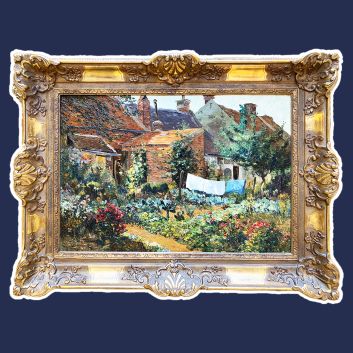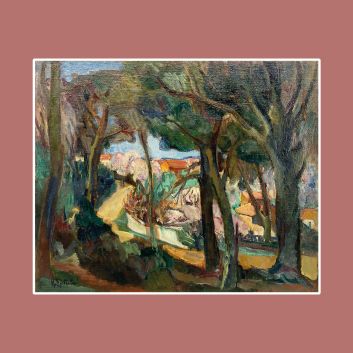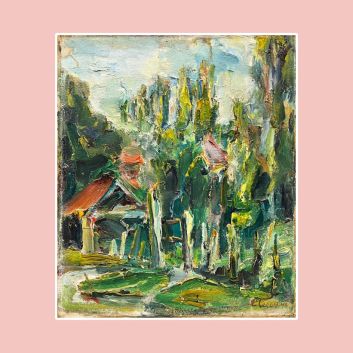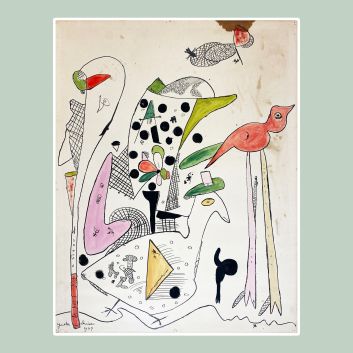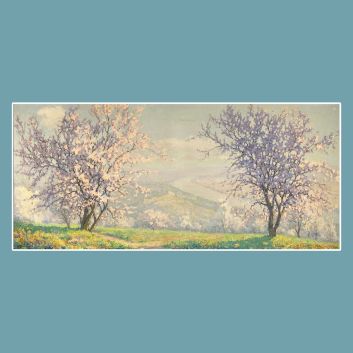Rating and value of works, paintings, drawings by Camille Pissarro

If you own a work by or after Camille Pissarro, and would like to know its value, our state-approved experts and auctioneers can offer you their expert appraisal services.
Our specialists will carry out a free appraisal of your work, and provide you with a precise estimate of its current market value.
Then, if you want to sell your work, we'll point you in the right direction to get the best possible price for it.
Artist's rating and value Camille Pissarro
The artist Camille Pissarro left behind a classic body of work, composed mainly of pointillist landscape scenes. He studied art with Picot at the Ecole des Beaux-Arts in Paris.
Prices for his works are now rising under the auctioneer's hammer. His paintings are highly prized, especially by French buyers.
The price at which they sell on the art market ranges from €20 to €21,115,500, a very substantial range, but one that speaks volumes about the value that can be attributed to Pissarro's works.
In 2020, the painting Gelée banche, jeune paysanne faisant du feu sold for €13,576,500.
Order of value from a simple work to the most prestigious
Technique used | Results |
|---|---|
From €20 to €198,480 | |
Drawing - watercolor | From €160 to €2,800,000 |
Oil on canvas | From €2,600 to €21,115,500 |
Response in less than 24h
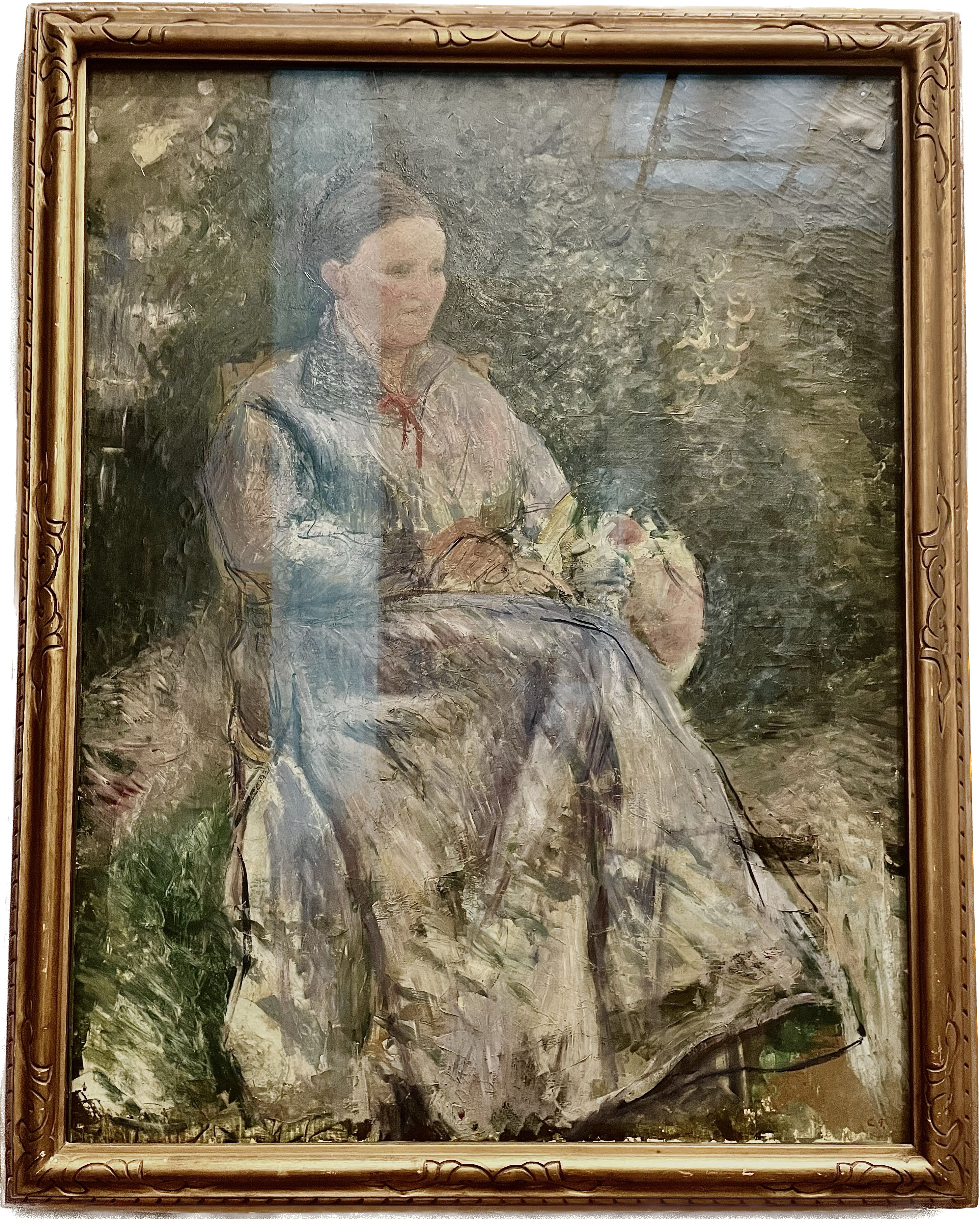
Style and technique of the artist Camille Pissarro
Pissarro was an Impressionist and Neo-Impressionist painter. He is most famous for having experimented with the pointillist technique, with Maximilien Luce. He produced a wide range of works: oil on canvas, drawings, watercolors and prints.
Camille Pissarro, pillar of the Impressionists
To understand Camille Pissarro's work, it's essential to delve into his life and analyze the impact he had on the Impressionist movement.
Born on July 10, 1830 on St. Thomas, an island under Danish rule at the time, Pissarro was a Franco-Danish artist who left his mark on art history.
As a founding member of the Impressionist movement, he played a crucial role in the development of this innovative style, which revolutionized painting.
Pissarro was deeply attached to nature and the faithful depiction of scenes from everyday life. His ability to capture the effects of light and color is a defining characteristic of his work.
Boldly and masterfully applied strokes of color bring her paintings to life, where every nuance of light is carefully studied to reproduce the atmosphere of a specific moment.
Pissarro, while famous for his own work and contribution to art history, also trained and took under his wing numerous artists throughout his career, including Paul Gauguin and Paul Cézanne.
They in turn became undisputed artists of great importance in their time, and remain so to this day.
By sharing his knowledge and innovative approach, Pissarro contributed to theemergence of new talent and the spread of Impressionist ideas, leaving an indelible mark on the history of modern art.
Despite his growing fame, Pissarro was often faced with financial difficulties and belated recognition.
Yet he never stopped painting with unwavering determination, continuing to experiment with color, light and composition. He explored a variety of subjects throughout his career, from urban and rural landscapes to scenes of country life, portraits and still lifes.
The quality of his work lies in the apparent simplicity of his compositions, which conceal great technical complexity and a deep understanding of human nature.
For example, in his depictions of rural landscapes, Pissarro manages to capture not only the beauty of fields and villages, but also the very essence of peasant life, with an eye imbued with respect and tenderness.
From an early age, he distinguished himself by his interest in drawing, encouraged by his family of shopkeepers. His mother, Rachel Manzano-Pissarro, played a central role in his upbringing, carefully supporting his artistic aspirations.
At the age of twelve, Camille was sent to Paris to pursue his studies. It was here, in the artistic capital of the world, that he immersed himself in European art, discovering the works of the classical masters and nurturing his taste for painting.
However, it was on his return to St. Thomas, where he collaborated with the Danish painter Fritz Melbye, that he began to make a real commitment to his artistic career.
In 1855, he returned to Paris, determined to become a painter. He entered the École des Beaux-Arts, but it was above all the teaching of Camille Corot, a renowned landscape painter, that had a profound effect on his artistic development.
Corot's sensitive approach to nature had a lasting influence on Pissarro, who turned away from academic conventions to explore a freer, more spontaneous style of painting.
Pissarro's career took a decisive turn when he met other young artists in search of renewal, such as Claude Monet, Auguste Renoir and Alfred Sisley.
Together, they formed the core of the Impressionist movement, characterized by a desire to capture the light and immediacy of the moment through vivid strokes of color and innovative composition.
In 1870, the Franco-Prussian war forced Pissarro to flee his home in Louveciennes for England. On his return, he discovered that most of his work had been destroyed, a loss that could have discouraged him.
Yet Pissarro continued to paint with perseverance, taking an active part in Impressionist exhibitions that defied the conventions of the official Salons.
Despite being the eldest of the Impressionist group, Pissarro remained humble and generous, acting as a mentor to younger artists such as Paul Cézanne and Paul Gauguin.
He not only blazed his own trail, but also encouraged his colleagues to experiment and innovate, consolidating his influence in the development of the movement.
Towards the end of his life, Pissarro turned increasingly to urban scenes. Fascinated by the hustle and bustle of cities, he painted the boulevards of Paris, the ports of Rouen and the squares of Dieppe with particular sensitivity, masterfully capturing the nuances of light and the movements of daily life.
Camille Pissarro died on November 13, 1903 in Paris, leaving behind an immense legacy.
Recognized as one of the masters of Impressionism, he is celebrated today for his essential contribution to modern art, both through his works and the profound influence he exerted on a whole generation of artists.
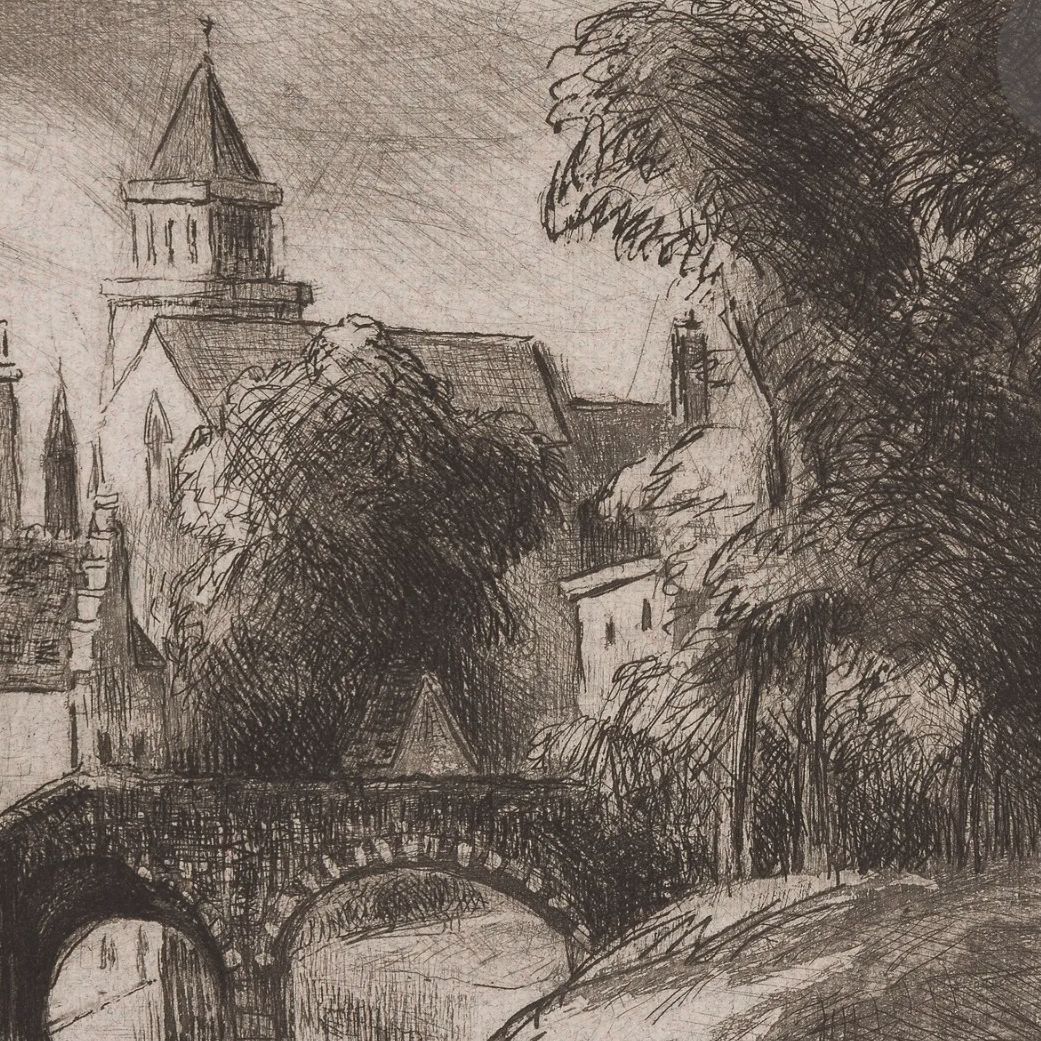

Focus on Boulevard de Montmartre, at night, 1898
This painting by Camille Pissarro, entitled Boulevard Montmartre, la nuit, is an impressive work that captures the vibrant essence of Parisian urban life at the end of the 19th century.
Pissarro, with his sharp eye for detail and mastery of light, succeeds here in capturing the liveliness of this famous boulevard, immersed in a nocturnal atmosphere.
The painting is dominated by a dark color palette, in which deep blues and blacks predominate, but are enlivened by the bright flashes of streetlamps and illuminated windows.
These points of light, scattered across the canvas, create a striking contrast with the surrounding darkness, giving the painting an almost cinematic dimension. Reflections on the wet pavement add a fluid, almost liquid texture, reinforcing the impression of a Paris alive and in motion.
True to the Impressionist spirit, Pissarro did not seek to depict every detail precisely. Instead, he uses quick, bold strokes of color to evoke crowds, vehicles and buildings.
This technique gives a feeling of blur, as if the scene were seen through a light rain or in a moment of agitation.
The buildings on either side of the boulevard stand imposingly, but are somewhat dissolved in darkness, allowing light and movement to become the real protagonists of the work.
The viewer finds himself almost immersed in the scene, feeling the pulse of the city, the rumor of the crowd, and the softness of the night.
Boulevard Montmartre, la nuit is a perfect example of Pissarro's talent for capturing the essence of an ephemeral moment, transforming a simple street scene into a poetic representation of Parisian life.
It's a work in which light dances with shadow, offering a poignant glimpse of Parisian nightlife.
Pissarro's country landscapes
Camille Pissarro's imprint on his period
His works are part of the permanent collections of many prestigious museums around the world, and Camille Pissarro is today considered one of the major artists of the Impressionist movement and a precursor of modern art.
Today, his work is highly prized at auction, and given the scale of his output, collectors play a major role in preserving his work.
Camille Pissarro influenced many artists, including Louis Valtat.
Recognizing the artist's signature
Not all of Pissarro's works are signed. They may be at the bottom of the painting, but if you think you own one, it's best to have it appraised to be sure of its originality.
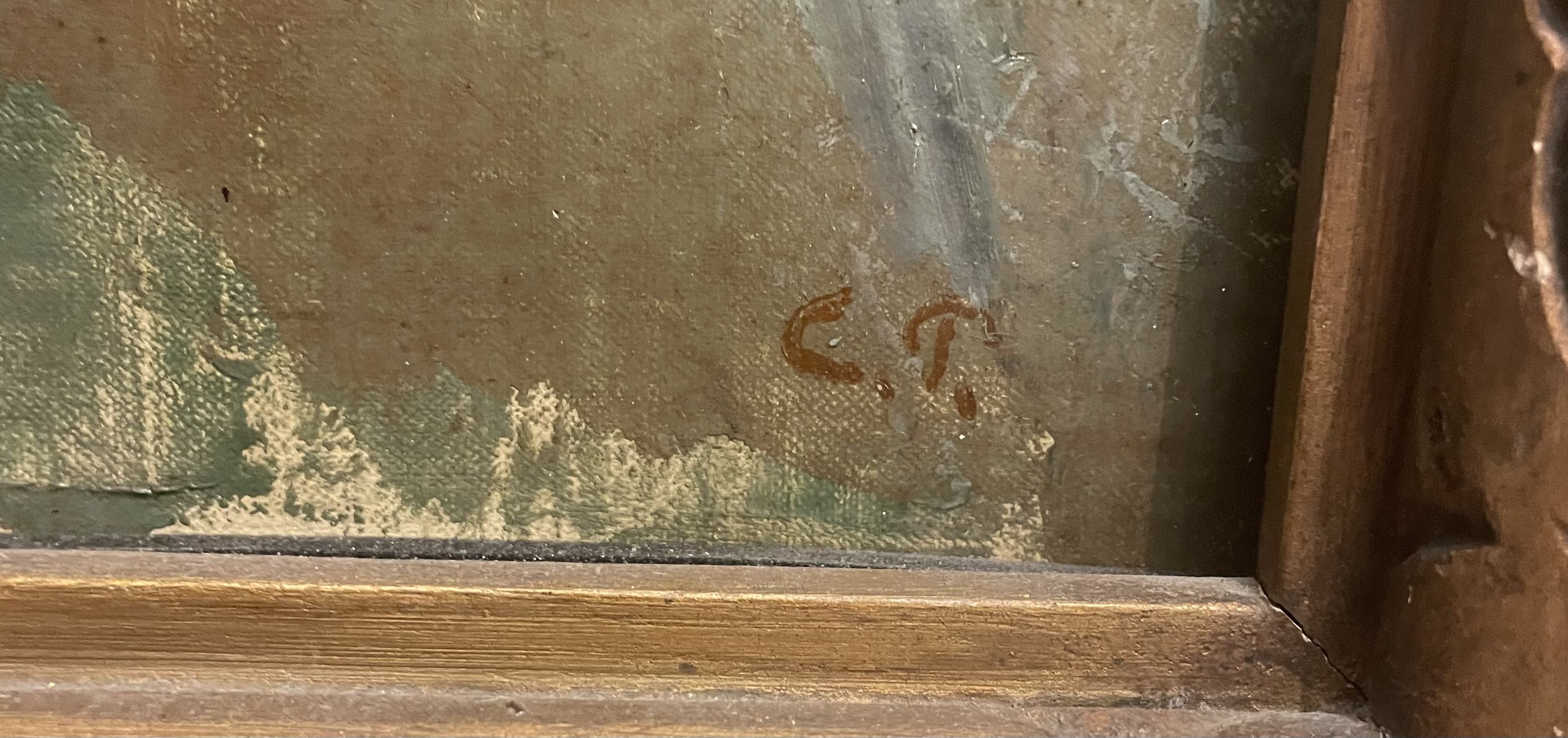
Knowing the value of a work
If you happen to own a painting by Camille Pissarro or one based on the artist, don't hesitate to ask for a free estimate using the form on our website.
A member of our team of experts and certified auctioneers will contact you promptly to provide you with an estimate of the market value of your work, as well as any relevant information about it.
If you wish to sell your work of art, our specialists will also be on hand to help you sell it at the best possible price, taking into account market trends.
Response in less than 24h
Related topics
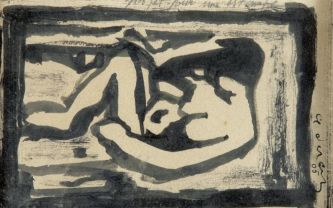
Rating and value of works, drawings, paintings by André Dera...
André Derain is a twentieth-century Fauvist painter who produced a number of works that are highly prized at auction.
Read more >
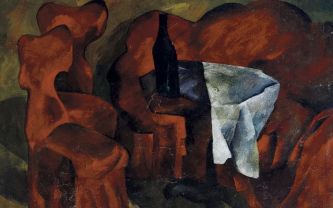
Rating and value of paintings by Robert Fa...
Robert Falk is a Russian Neo-Impressionist painter who has produced works that are highly rated and valued at auction. Estimate in 24h
Read more >

Cote et valeur 2024 des tableaux, dessins, aquarelles de Fra...
Frank Will is a post-impressionist painter and watercolorist who has produced works that are highly rated and valued at auction.
Read more >
Secure site, anonymity preserved
State-approved auctioneer and expert
Free, certified estimates
